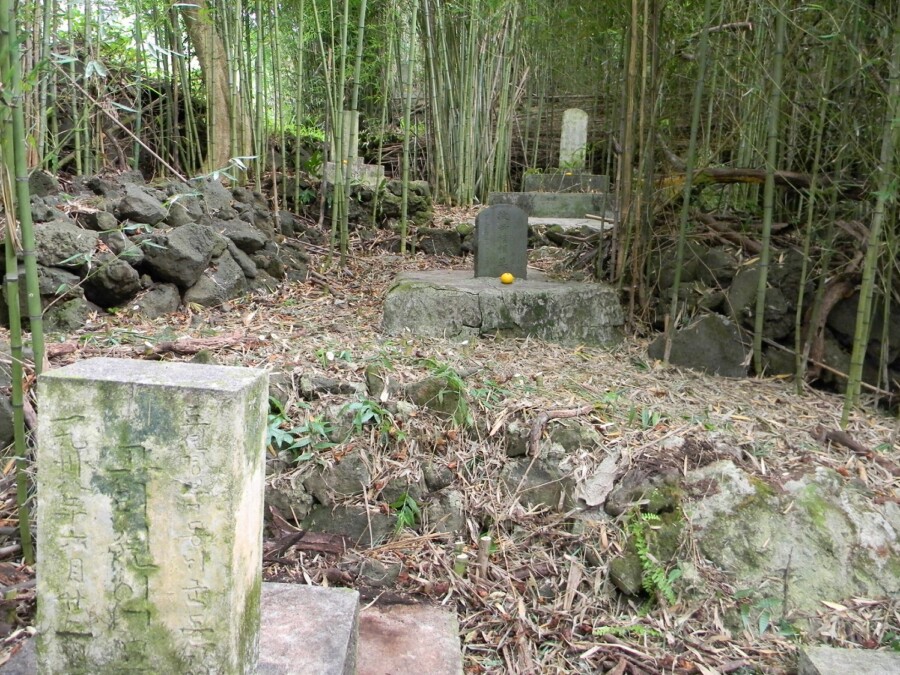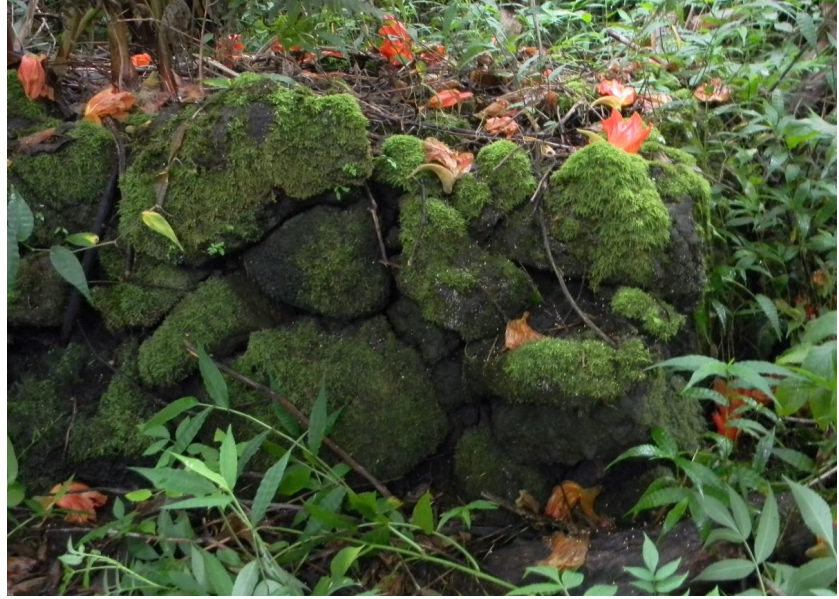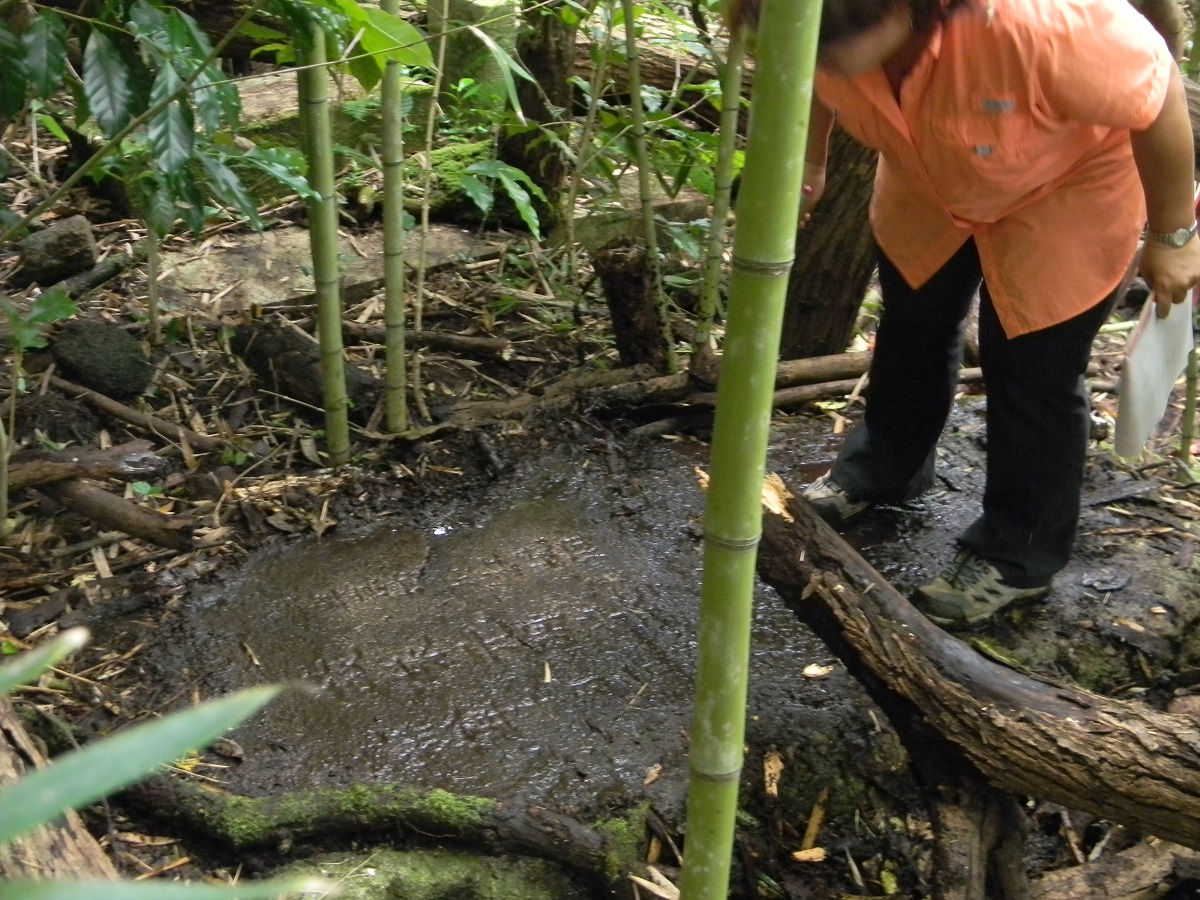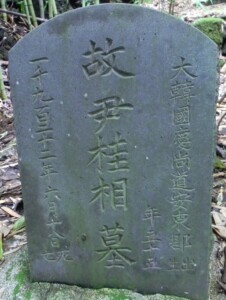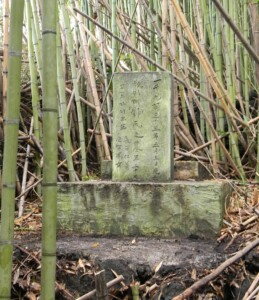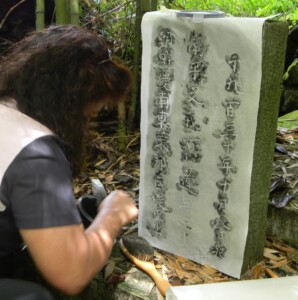Hōlualoa Korean Association Cemetery Contributes to History of Korean Immigrants in Hawai`i
by Deborah Chang
Nowadays when we think of Koreans, we think of our favorite Korean shows, boy bands, and a plate piled high with ono, savory BBQ and pickled veggies. However, much of the history of Hawai`i’s (and America’s) earliest Korean settlers is a story yet to be fully understood.
The Kona District on the Island of Hawai`i is well-known for its sacred and storied past as a favored home of pre- and post-contact Hawaiians. It was also a haven for early foreign immigrants who came to Hawai`i to work on the plantations but ultimately sought greater freedom and independence far from the regulations and segregation of plantation life.
Dr. Andrew Lind, an internationally recognized sociologist and researcher with the University of Hawai`i during the early 1900s, was intrigued by the unique settlement of ethnic groups in Kona. Dr. Lind was interested in studying the assimilation of Hawai`i’s multi-racial population into Western society and particularly the Japanese immigrant experience. In one of his many research studies he notes, “The role of Kona in attracting the more adventuresome and non-conforming of the immigrant generation is clearly evident also among the other ethnic groups, notably the Filipinos and Koreans.”
The contributions of Japanese, Portuguese, Filipino, and Puerto Rican small family farms to the early establishment of a Kona coffee industry are well-documented. However, few realize that Korean immigrants were also farming coffee and toiling in Kona’s short-lived sugar plantation (1899 – 1926), as evidenced by U.S. Census records of 1910 – 1940.
The 0bscure cemetery of Korean immigrants along the slopes of Hōlualoa is testament to the presence of a Korean community that once existed there. It was established by a Hōlualoa Korean Association that actually purchased the land in 1917 for use as a cemetery. Efforts to contact descendants of the Association’s members have been unfruitful, and it appears that the Association faded after its last surviving member passed away.
Koreans had the smallest population of the earliest Asian immigrants to work on Hawai`i’s plantations, arriving for a brief period primarily from 1903 – 1910. Japanese colonization of Korea in 1910 largely stopped Korean migration. The Immigration Act, a.k.a. the “Oriental Exclusion Act”, passed by the U.S. Congress in 1924, effectively banned immigration of Koreans, Japanese, and other Asians into America. (The Act was revised in 1952 and replaced by the Immigration and Nationality Act of 1965.)
Like many of the earliest Asian immigrants, Koreans came to Hawai`i predominantly as single males. It is thought that the graves within the Hōlualoa Korean Association Cemetery primarily belong to single men who died without families and children. Consequently, the cemetery became overgrown and forgotten in the absence of descendants to traditionally honor their ancestors in Jesa ceremonies. Over the past 20 years knowledge of the cemetery’s existence has been passed on by word-of-mouth via a few individuals, but nothing has been done to bring lasting protection to this unusual property.
Seri Luangphinith, Ph.D., professor of English at the University of Hawai`i at Hilo and author of The Paths We Cross: The Lives and Legacies of Koreans on the Big Island, devotes considerable time and effort to locating and recording the graves of the earliest Korean immigrants on the island of Hawai`i. In her extensive search, she has managed to find a mere fraction of the hundreds of early arriving Korean immigrants who are thought to have died on the island. Commonly one or two Korean graves are surrounded by other ethnic groups in historic cemeteries. The cemetery in Hōlualoa is considered a rare find. The as yet untold stories of its occupants are mysteries to be revealed as the Korean inscriptions are further deciphered, interpreted, and researched.
The cemetery has been nominated to the State and National Registers of Historic Places. If approved, it will receive the special protection and recognition it deserves. It is hoped that enduring stewardship will result from the revival of the Hōlualoa Korean Association.
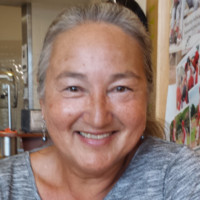 Deborah Chang is a retired land use planner. She continues to advocate for the protection and managed use of historic Hawaiian trails and the cultural and natural resources adjacent to trails. This has been her passion for over 40 years. She is the former Chairperson (and Vice-Chairperson) of the County of Hawai`i Cultural Resources Commission.
Deborah Chang is a retired land use planner. She continues to advocate for the protection and managed use of historic Hawaiian trails and the cultural and natural resources adjacent to trails. This has been her passion for over 40 years. She is the former Chairperson (and Vice-Chairperson) of the County of Hawai`i Cultural Resources Commission.
Deborah is also a certified master gardener and the founder of Nā Meakanu (“The Plants”), a part-time agricultural business that includes a fruit orchard and apiary on her family’s 5-acre homestead in Pa`auilo-mauka, Hawai`i Island.
Deborah’s grandfather, Chang Suk Chun, emigrated from Korea to Hawai`i in 1904. It was surprising to discover that one of the burials in the Hōlualoa Korean Association Cemetery was a neighbor of her grandfather’s in North Kohala, according to the 1920 U.S. Census.
For more information, please contact Deborah Chang at kulaiwi@outlook.com. ]


